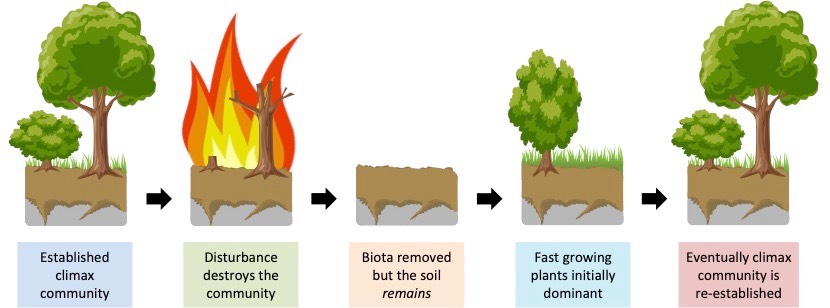Outcome:
|
Aboriginal and Torres Strait Islander people have observed the characteristics of species and exploited them for domestic use
- This includes an understanding of both the adaptations of, and interdependencies between, species in the Australian ecosystem
Biomimicry
Biomimicry is the identification and imitation of characteristics in nature to solve specific human problems
- Indigenous Australians have observed structural adaptations in organisms and incorporated them into various innovative applications
Examples of biomimicry by Indigenous Australians include:
- Designing weapons from the barb found in a stingray tail (e.g. the Yanyuwa Peoples constructed a two-pronged spear called a birnkili)
- Developing knives from the teeth of sharks that are particularly proficient at cutting meat (used for hunting or food preparation)
- Using the hooks of the lawyer cane plant to catch freshwater prawns (i.e. fishing) and extract witchety grubs from the bores of trees
- Making clothing out of possum fur (both warm and waterproof) and using echidna quills as pins to hold items of clothing together

Water Sourcing
Australian water-holding frogs have the ability to store water underneath the skin for absorption into the body when water is scarce
- Aboriginal people found these frogs under the ground by identifying markings on the surface of the soil where the frog was present
- When the frogs were located an retrieved, gentle squeezing released the water from underneath the skin of the frog
- Understanding this adaptation allowed Indigenous Australians to source water in the dry and desert conditions of the outback
Aboriginal Burning
Aboriginal people learnt to harness the naturally recurring fire caused by lightning and other sources to their advantage, including:
- To improve access through thick and prickly vegetation (Indigenous Australians were historically nomadic)
- To maintain a pattern of vegetation that encouraged new plant growth and attracted native fauna for hunting
- To promote the development of useful food plants, for cooking, warmth, signalling and spiritual reasons
The constant use of fire by Aboriginal people likely resulted in the natural selection of a fine grained mosaic of vegetation
- Most of the fires were relatively low intensity and did not burn large areas, consequently large intense bushfires were uncommon
- This use of fire reflected the fact that Australian plants have adapted to persist in a fire-prone ecosystem (e.g. thick bark protects buds)
- These plants thrive in the nutrient-rich ash bed following a fire and benefit from the reduced competition from established vegetation

Bush Medicine
Bush medicine involves the use of components of native Australian flora and fauna in the act of healing by Indigenous Australians
- Plant oils (tea tree oil and eucalyptus oil) were used as treatments for common infections and fevers
- Desert mushrooms were employed as a natural teething ring and was useful for babies with oral thrush
- Certain flowers (e.g. kangaroo apple and emu bush) were ground into a paste and used to treat a variety of ailments
- Witchety grubs were crushed and placed on burns to seal and soothe the skin
The use and knowledge of bush medicine has declined in Australia due to a loss of cultural information
- Aboriginal people did not traditionally write knowledge down but communicated through singing and dance ceremonies
- Without these ceremonies, thousands of years of knowledge from Aboriginal elders can be lost